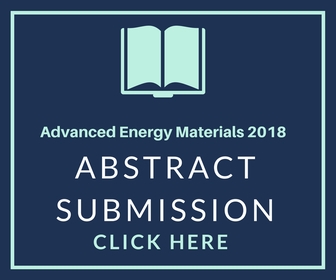Hyoyoung Lee
Sungkyunkwan University, Republic of Korea
Title: Controlling energy bandgap of semiconducting materials for energy and environment
Biography
Biography: Hyoyoung Lee
Abstract
A control of the energy bandgap of semicondunding metarials including transtion metal chalcogenides (TMCs) including TiO2, MoS2, and CoS2 have been paid attention for energy conversion and environmental issues. Herein, we like to introduce new findings about the visible-light driven blue TiO2 materials for photo-catalytic hydrogen evolving reaction (HER) and for an application to remove algae from water.1,2
In addition, we like to report new layered ternary transition metal chalcogenides (TTMCs) material to overcome to the limitation of active sites which is challenging in binary transition metal chalcogenides (BTMC) such as MoS2 towards electrochemical hydrogen production. The TTMC, Cu2MoS4 has been successfully synthesized by a facile solution-processed method. Moreover, by anion doping such as Se in as the synthesized Cu2MoS4, it has been found that TTMC can be exfoliated into single layer nanosheets and the single layered TTMC exhibits the highest electrocatalytic activity towards HER.3
We also report an advanced bi-functional hybrid electrocatalyst for both oxygen reduction reaction (ORR) and oxygen evolution reaction (OER), which is composed of WS2 and CNT connected via tungsten carbide (WC) bonding. WS2 sheets on the surface of CNTs provide catalytic active sites for electrocatalytic activity while the CNTs act as conduction channels and provide a large surface area. We found that four to five layers of WS2 sheets on the surface of CNTs produces excellent catalytic activity towards both ORR and OER, which is comparable to noble metals (Pt, RuO2, etc.). Our findings show the many advantages enabled by designing highly-active, durable, and cost-effective ORR and OER electrocatalysts.4
Finally, we like to demonstrate new strategy to satisfy all requirements for the development of a highly active and remarkably durable HER electrocatalyst in both acidic and alkaline media via anion-cation double substitution into a CoS2 moiety for preparing 3D mesoporous pyrite-metal vanadium-cobalt phosphorsulphide (Co1-xVxSP).5

